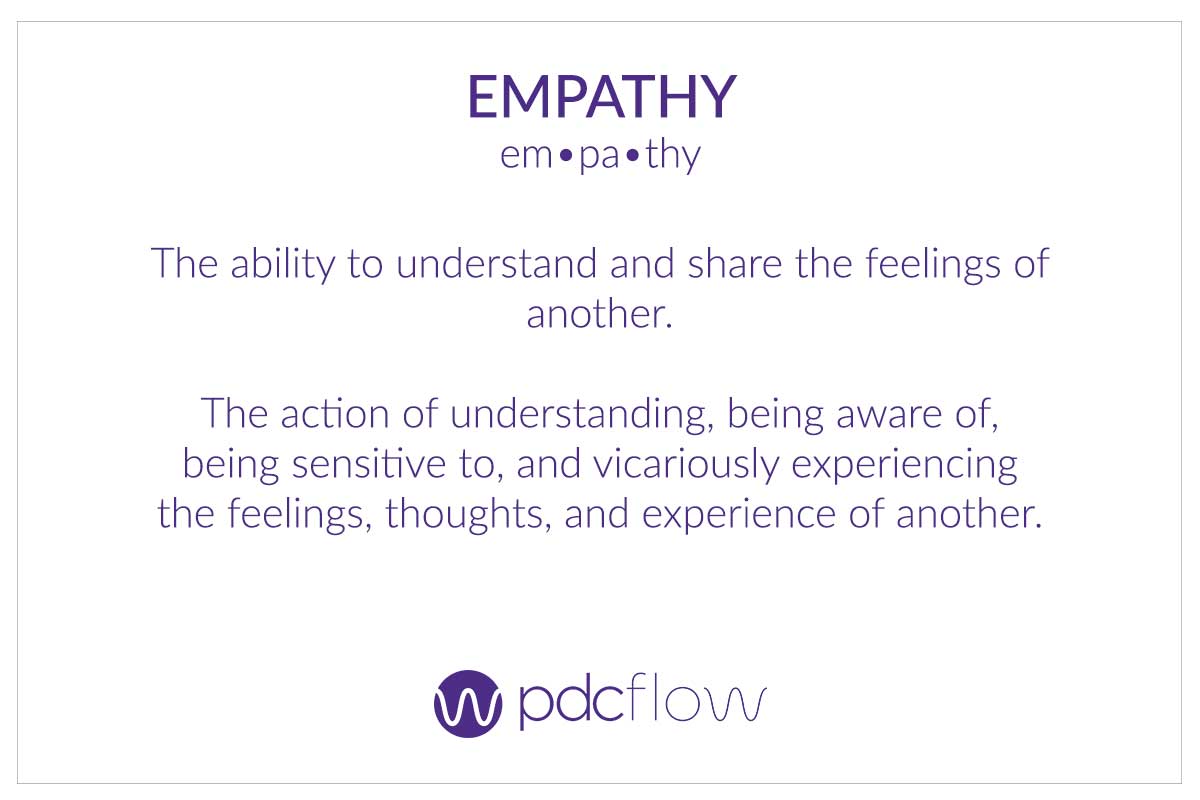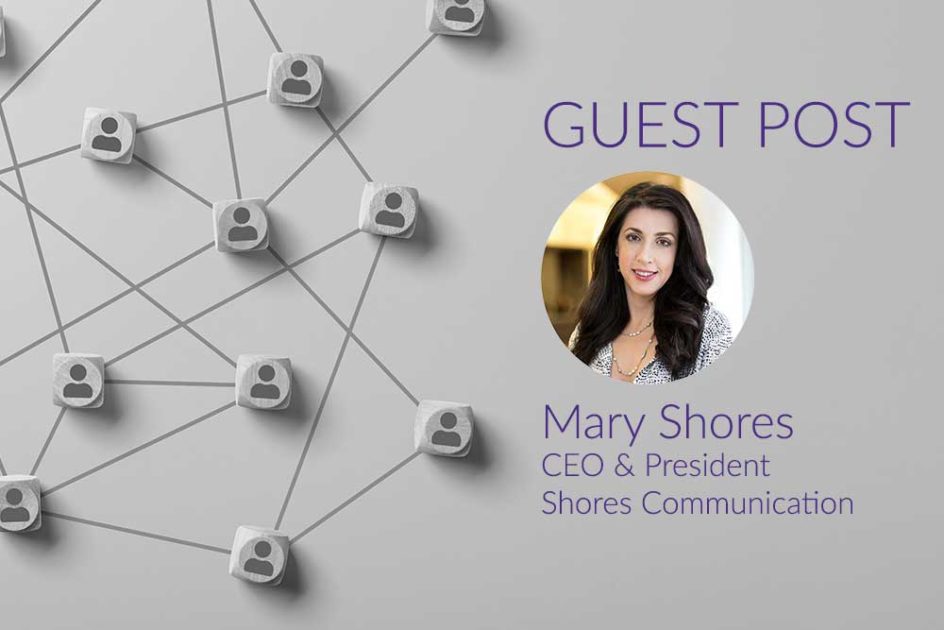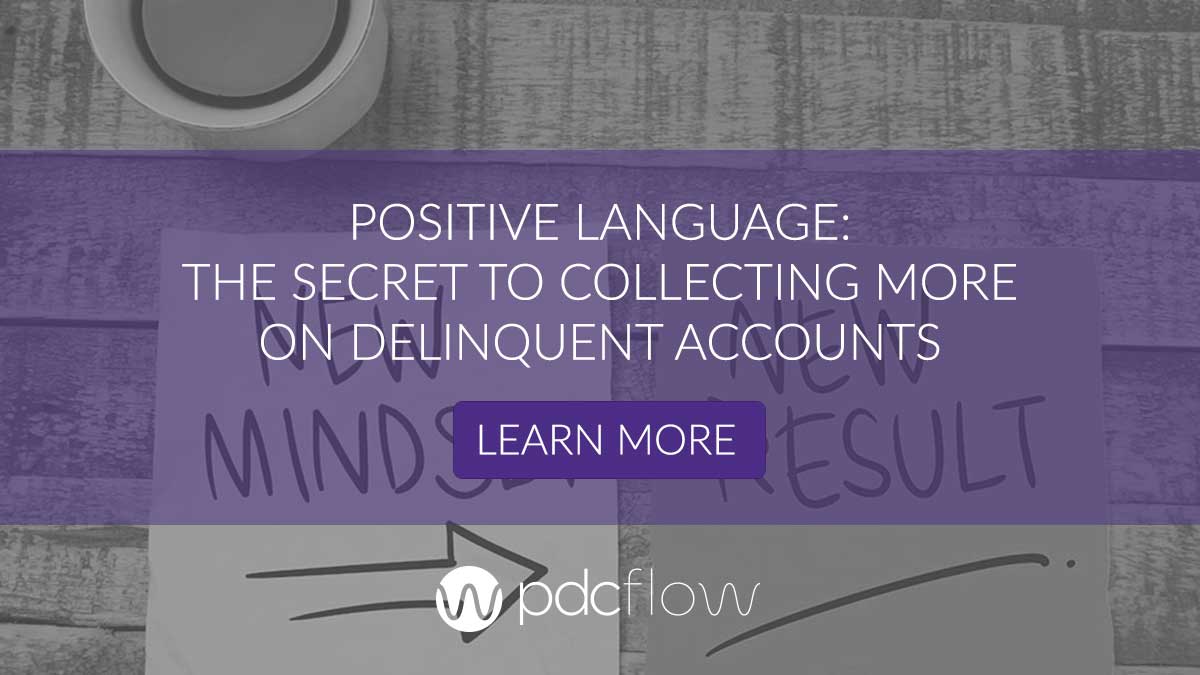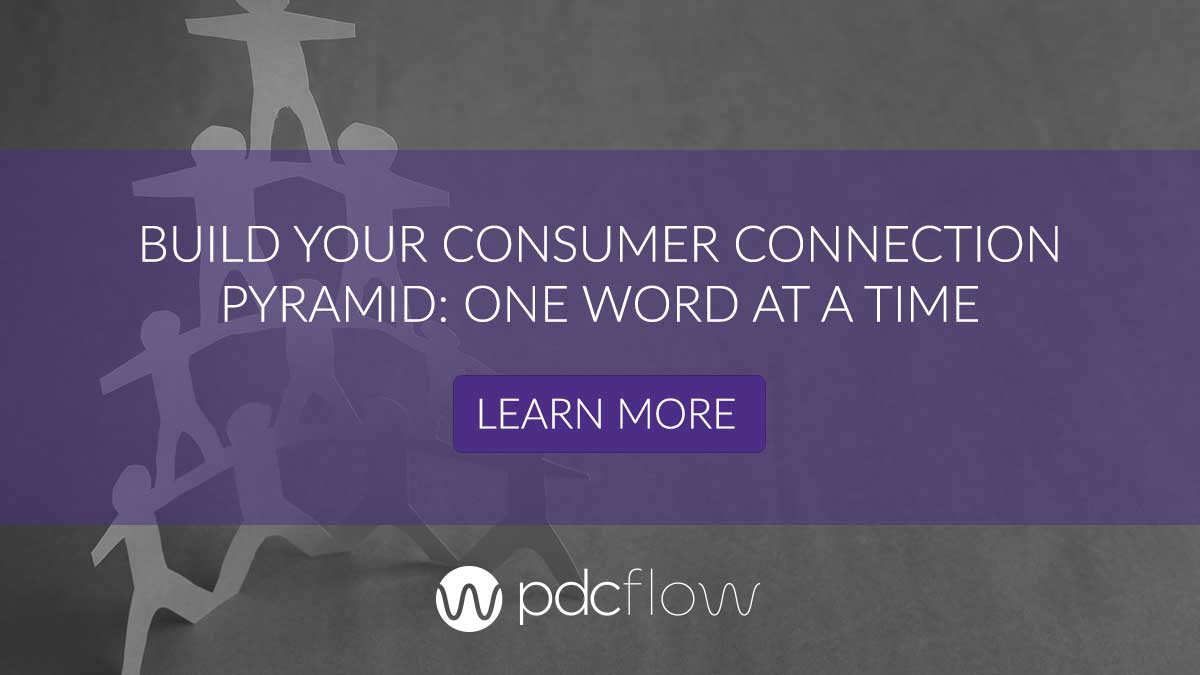One of my favorite quotes is by the author Maya Angelou:
“I've learned that people will forget what you said, people will forget what you did, but people will never forget how you made them feel.”

This is clearly a great quote for people interested in personal development because it perfectly captures the importance of leaving a lasting, positive impression on everyone you meet. That said, it’s also a great quote for businesses. Let me explain why.
In the debt collection space, we’re often handling phone calls with consumers who are experiencing challenging emotions. In other words, the consumers are likely experiencing financial hardship of some kind, so they’re in an emotionally vulnerable state when they speak to one of your representatives.
Every interaction that a consumer has with your company will either create connection or drive disconnection. If you match a consumer’s frustrated tone, they might develop a sense of mistrust for your agency. On the flip side, if you treat a frustrated consumer with empathy and validate their feelings, they’ll develop a deeper connection with your agency, and they’ll be more likely to work with you to find a solution.

So, we want to make sure that consumers remember the good feelings we instill in them instead of any negative feelings.
Luckily, we can accomplish this goal with a few simple guidelines that can ultimately improve our call flow.
If you stick with me, you’ll learn a few of my secrets to connecting with consumers to make sure they feel comfortable and supported when on the phone with my agency.
Join Mary Shores, second-generation collection agency owner, best selling author, and an international speaker, in this 15 minute On Demand Learning video to learn how your agency can create connection with consumers in order to resolve past due accounts.
Tip #1: Focus on a Connected Consumer Experience
In the customer service world, professionals are constantly focused on the customer experience, which means they want their customers to feel supported and valued by the company. I wholeheartedly believe that as we enter the new normal brought on by COVID-19, the debt collection industry will begin to focus more on the consumer experience. Luckily, if you keep reading, you can be ahead of the game.
The Consumer Financial Protection Bureau has already done research on the consumer experience, and one report in particular, “Financial Well-Being in America,” sheds some valuable light onto what consumers need in order to feel financially secure enough to get their basic needs met. The report states that consumers need:
- Control over day-to-day and month-to-month finances
- Capacity to absorb a financial shock
- To be on track to meet financial goals
- Financial freedom to enjoy life
The truth is, many consumers don’t meet the four items listed above, which is why focusing on the consumer experience is so important. The more we focus on what our consumers are going through and what solutions we can provide for them, the more trust we’ll build, which will ultimately motivate them to pay.
And that brings us to the next tip: Teach your collectors emotional intelligence.
Tip #2: Teach Emotional Intelligence
To consider the consumer experience and facilitate trust with our consumers, it’s important that we teach our collectors emotional intelligence and empathy so they can handle even the most challenging calls with consumers.
A great way to instill emotional intelligence and empathy at your agency is by letting collectors know that all humans have a universal emotional need: To feel heard and understood.
When that need is not met, people cannot move forward in a conversation. So, can you imagine how difficult it can be for a consumer to agree to pay when they feel unheard and misunderstood?
The easiest way to make sure the consumer feels heard and understood is to make sure they see you as an ally who wants to help them survive and thrive. You can do this by listening to their concerns and letting them know you’re there to help them get their current needs taken care of.
When the consumer sees the collector as an ally, it builds stronger connections, which ultimately leads to the trust the consumer needs in order to pay their bill.
In other words, when a collector is trained in empathy and emotional intelligence, they’ll be equipped to navigate a call from start to finish, no matter how the consumer may be feeling or behaving.
Sometimes, even when you show the consumer you hear them and understand them, they can still feel hesitant to trust you, and that’s ok! We can handle this issue with the third tip: Stacking positivity.
Tip #3: Stack Positivity
According to the Journal of Positive Behavior Interventions, the perfect ratio of positive information and negative information is at least a 4:1 or 5:1 ratio because the human brain needs 4-5 pieces of positive feedback for every piece of negative information.
In other words, if we make sure that our language on calls with consumers is always more positive than negative, we’ll see higher recoveries and lower complaints. Let me show you how to do that.
Remember: Any conversation with a debt collector is potentially uncomfortable for the consumer. When you need to say something the consumer doesn’t want to hear, you can stack positive information to meet the ratio and allow the consumer to build connection and trust with your agency.
Here’s a quick and easy example that you can use right away. Let’s say the consumer just shared with you that they can’t pay because they lost their job. Here’s how you can move the conversation forward by stacking positivity:
“I can understand your concerns. So many people feel the same way, so you’re not alone.”
Ultimately, the more positivity you add to the call, the more likely the consumer will feel comfortable paying your agency. Your collectors will feel more energized as well because the increased positivity will make their calls easier than ever. It’s truly a win-win!
You’re Ready to Go!
Now that you have these three quick tips, you’re ready to start connecting with your consumers right away! My number one piece of advice is to apply these tips on every call with every consumer to promote consistency and create as much connection as possible.
Make sure to connect with me on LinkedIn to stay up-to-date with my industry tips and tricks.
Interested in learning more about empathy in debt collection? PDCflow hosted a webinar with Mary Shores on June 17th.
The event, "The Compassionate Framework for Healthcare Collections," covered four pillars that make up this framework, including training agents, skill sets to invest in, creating connections and establishing credibility through communication.
Be sure to take time to watch this informative webinar today.
PDCflow's content mission is to help accounts receivable teams to connect and engage with consumers and provide resources to create the best consumer experience possible.
Be sure to subscribe to our blog and join your peers in receiving accounts receivable tips on a weekly, monthly or quarterly basis.
Subscribe Today
- ABOUT THE AUTHOR -

Mary Shores, Agency Owner
Mary Shores is a second-generation collection agency owner, a bestselling author, and an international speaker. Her current passion in life is promoting collector training and development through The Collection Advantage online training program, which features Mary’s extensive studies into neuroscience and compassion to teach collectors how to execute high-converting, empathetic scripting.






